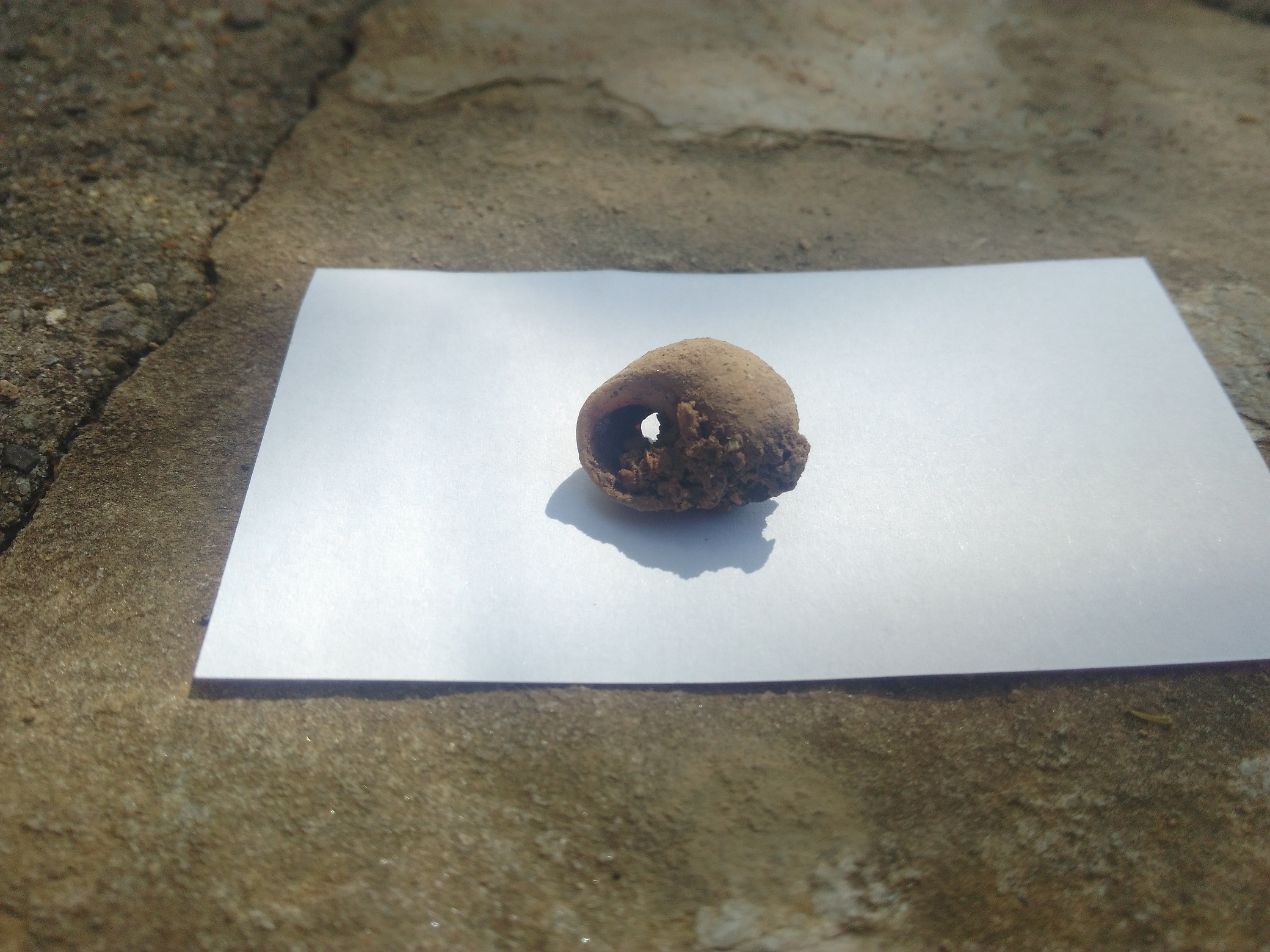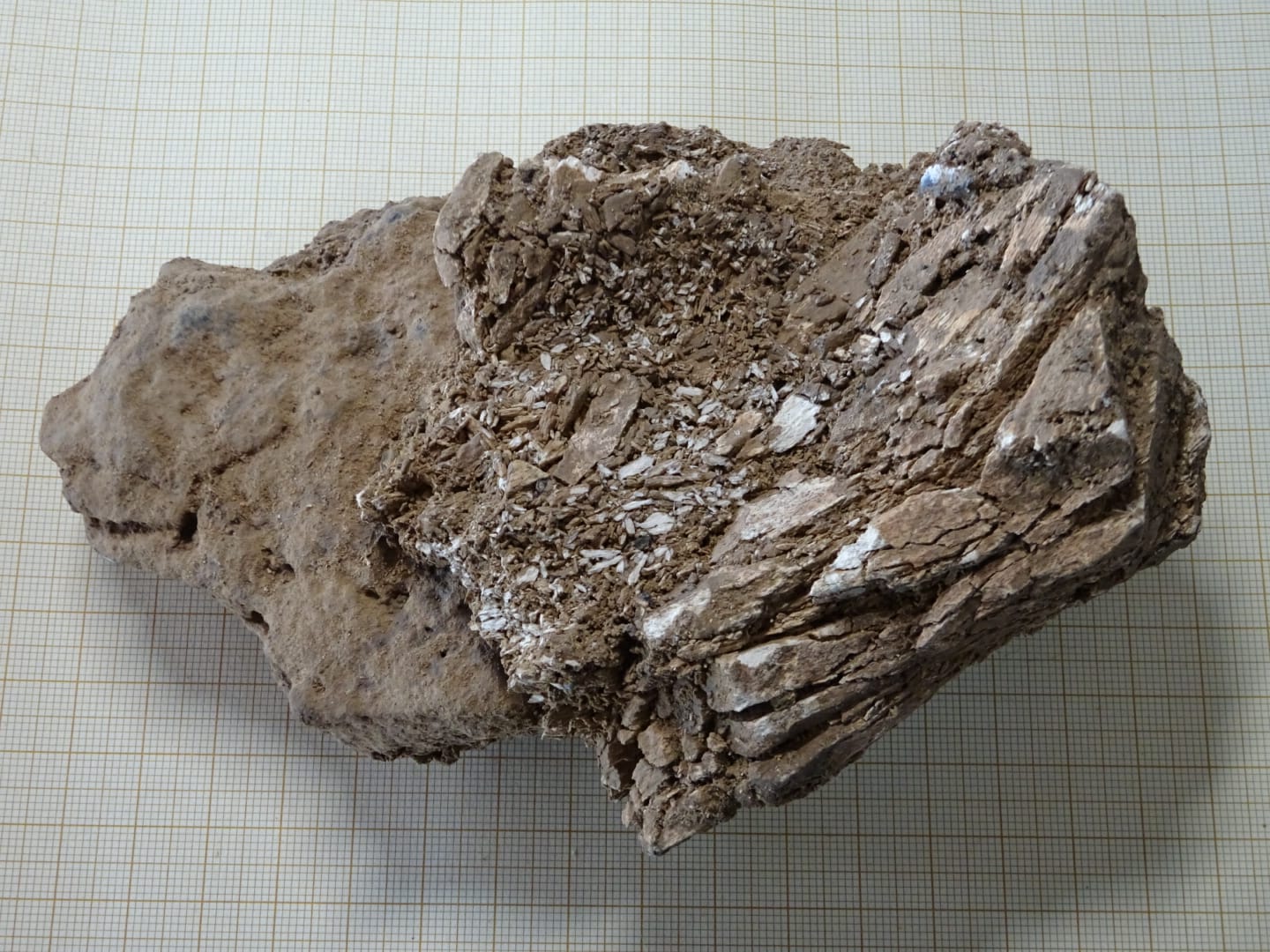A team from the UPV/EHU-University of the Basque Country is participating in the excavation of the Isturits site, an international project in cooperation with the Isturits & Oxocelhaya caves and funded by the Service Régional d'Archéologie of Nouvelle Aquitaine. Three thousand archaeological remains, including fauna and lithic artefacts, have been recovered in the course of the excavation. This unique archaeological context will enable the mode of subsistence of the humans who inhabited Isturitz for millennia to be reconstructed.
Fresh excavation in the Isturits cave, a unique archaeological site in the Basque Country
- News
First publication date: 16/04/2021

Test pit no. 7 in the Isturits cave (Saint Martin d'Arberoue-Donamartiri, Lower Navarre) was excavated in 1998 by Christian Normand and revealed the presence of humans in a sequence that ranges from Protohistoric times to the early Upper Palaeolithic (at least until 30,000 BP). At that time, the most significant find was a right scapula of a sub-adult mammoth, which had been hunted and eaten inside the cave about 29,000 years ago.
In 2019 Aritza Villaluenga, of the UPV/EHU’s Department of Geography, Prehistory and Archaeology and who is leading the excavation of the cave during this campaign, began to examine the materials from the previous archaeological intervention. After applying to the Service Régional d'Archéologie of Nouvelle Aquitaine for funding to run an archaeological project that same year, his proposal was approved and funded in 2020, but could not be pursued due to the pandemic. So the archaeological project is being carried out now, and the work is part of a collaboration agreement between the Isturits & Oxocelhaya caves and the Consolidated Group for Prehistoric Investigations (IT-1223-19) of the UPV/EHU.
“Right now," said Aritza Villaluenga, "eight of us researchers from the UPV/EHU are excavating a surface area of 2 square metres with the intention of making a comprehensive study of the record. All the archaeological remains are being topographically located, which will allow the deposit to be reconstructed virtually. In addition, all the sediment extracted is washed in order to recover bone and dental remains of microvertebrates (mammals, amphibians and reptiles), as well as flint microflakes (<2mm), burnt bone remains and palaeoenvironmental proxies (pollen, wood charcoals, carbonised seeds, etc.)."
This UPV/EHU group is working together with an international research team made up of 20 researchers from Spain, France, the United Kingdom and Germany. The archaeological remains located will make it possible to reconstruct the modes of subsistence of the humans who inhabited Isturitz for millennia.
Initial findings
"We reckon that the best-preserved levels can be ascribed to the Evolved Aurignacian (33,000-31,000 years BP) or early Gravettian (30,000-28,000 years ago). Very little is known about this period in the Pyrenees, as there are occupations only in the caves of Zatoya (Navarre) and Gargas (Haute-Pyrénées)," explained the UPV/EHU researcher.
At Isturits, this time seems to coincide with a period of change, when the Saint Martin chamber was abandoned and the great chamber first began to be occupied. Test pit 7 is located in the passage between the two areas, but, at the same time, in an area at a distance from the habitat area. Perhaps that is why it was selected as a space for cutting up part of a mammoth (an activity in France known only in Arcy-sur-Cure, Burgundy).
"In this third week of excavation, we have excavated archaeological levels ranging from lower to higher density of archaeological materials. Starting with an initial Magdalenian level (11,000 years BP) of limited significance, onwards. The next step will be to reach the Aurignacian levels (at least 33,000 years BP). It is a context with a wealth of lithic remains and fauna (mammoth, reindeer, horse, bison and cave bear)," confirmed Villaluenga.
During the course of the excavation, three thousand archaeological remains, including fauna and lithic artefacts have been recovered. What we have here is a unique archaeological context in the Basque Country.








